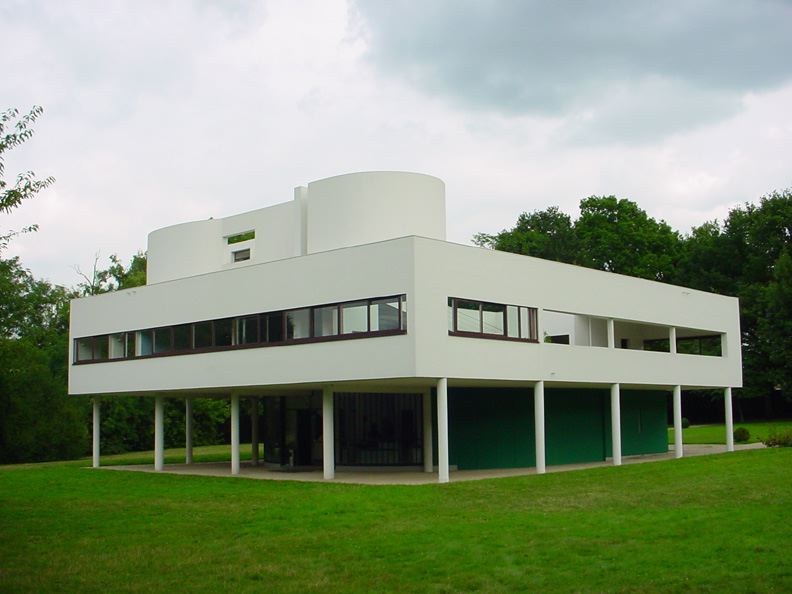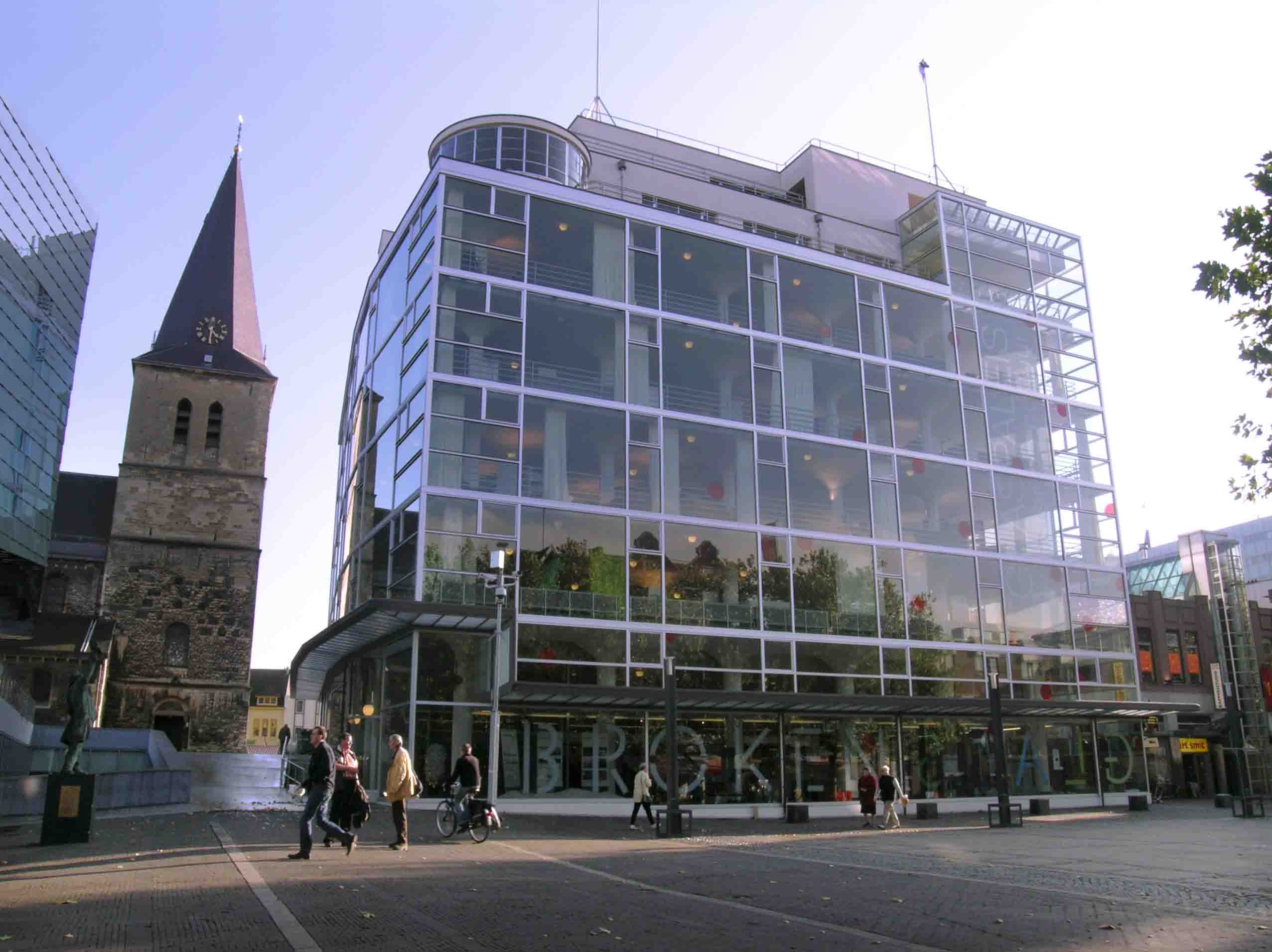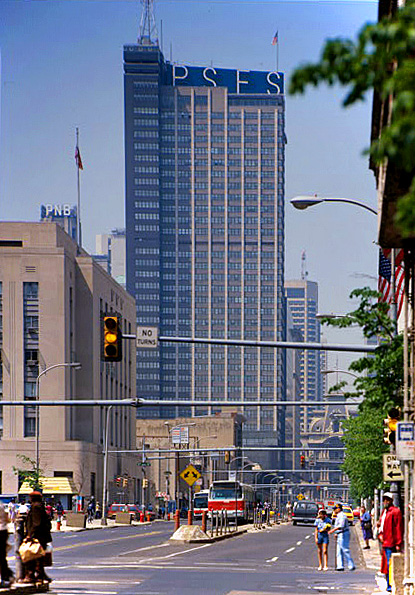Miami Vice is an American television series produced by Michael Mann for NBC. The series starred Don Johnson and Philip Michael Thomas as two Metro-Dade Police Department detectives working undercover in Miami. It ran for five seasons on NBC from 1984–1989. The USA Network later began airing reruns the next year, in 1990, and actually broadcast an originally unaired episode during its syndication run of the series on January 25, 1990.

Unlike standard police procedurals, the show drew heavily upon 1980s New Wave culture and music. The show became noted for its heavy integration of music and visual effects to tell a story. It is recognized as one of the most influential television series of all timeMany episodes of Miami Vice were filmed in the South Beach section of Miami Beach, an area which, at the time, was blighted by poverty and crime. Some street corners of South Beach were so run down that the production crew actually decided to repaint the exterior walls of some buildings before filming. The crew went to great lengths to find the correct settings and props. Bobby Roth recalled, "I found this house that was really perfect, but the color was sort of beige. The art department instantly painted the house gray for me. Even on feature films people try to deliver what is necessary but no more. At Miami Vice they start with what's necessary and go beyond it."
Miami Vice is to some degree credited with causing a wave of support for the preservation of Miami's famous Art Deco architecture in the mid 1980s-to-early 1990s; quite a few of those buildings, among them many beachfront hotels, have been renovated since filming, making that part of South Beach one of South Florida's most popular places for tourists and celebrities.
Other places commonly filmed in the series included scenes around Broward and Palm Beach counties Miami Vice is noted for its innovative use of music, particularly countless pop and rock hits of the 1980s and the distinctive, synthesized instrumental music of Jan Hammer. While other television shows used made-for-TV music, Miami Vice would spend $10,000 or more per episode to buy the rights to original recordings. Getting a song played on Miami Vice was a boost to record labels and artists. In fact, some newspapers, such as USA Today, would let readers know the songs that would be featured that week.
The clothes worn on Miami Vice had a significant influence on men's fashion. They popularized, if not invented, the "T-shirt under Armani jacket"-style, and popularized Italian men's fashion in the United States. Don Johnson's typical attire of Italian sport coat, T-shirt, white linen pants, and slip-on sockless loafers became a hit. Even Crockett's perpetually unshaven appearance sparked a minor fashion trend, inspiring men to wear a small amount of beard stubble, also known as a five o'clock shadow (or "designer stubble") at all times. In an average episode, Crockett and Tubbs wore five to eight outfits, appearing in shades of pink, blue, green, peach, fuchsia, and the show's other "approved" colours.

Miami Vice also popularized certain brands of firearms and accessories. After Johnson became dissatisfied with his gun holster, the Jackass Leather Company (later renamed Galco International) sent their president, Rick Gallagher, to personally fit Don Johnson with an "Original Jackass Rig," later renamed the Galco "Miami Classic."
The Bren Ten, manufactured by Dornaus & Dixon, was a stainless-steel handgun used by Don Johnson during Miami Vice's first two seasons. Dornaus & Dixon went out of business in 1986, and Smith & Wesson was offered a contract to outfit Johnson's character with a S&W Model 645 during season three.

Two automobiles drew a lot of attention in Miami Vice, the Ferrari Daytona and Testarossa. During the first two seasons and two episodes of the third season, Detective Sonny Crockett drove a black 1972 Ferrari Daytona Spyder 365 GTS/4. Actually, the car was not a Ferrari, but a kit replica based on a 1980 Chevrolet Corvette C3 chassis. The car was fitted with Ferrari-shaped body panels by specialty car manufacturer McBurnie. Once the car gained notoriety, Enzo Ferrari filed a lawsuit demanding that McBurnie and others cease producing and selling Ferrari replicas, because they were taking his name and styling. As a result, the vehicle lasted until season 3, at which point it was blown to pieces in the season three premiere episode, "When Irish Eyes Are Crying". The fake Ferraris were removed from the show, with Ferrari donating two brand new 1986 Testarossas as replacements. When Ferrari saw the black 'Daytona', he was convinced that it did not stand out in the night-time scenes very well; thus, the new Miami Vice car was produced in white. Ferrari continued this color in production for the Testarossa only.
The series' crew also used a third Testarossa look-alike, which was the stunt car. Carl Roberts, who had worked on the Daytona kitcars, offered to build the stunt car. Roberts decided to use a 1972 De Tomaso Pantera, which had the same wheelbase as the Testarossa and thus was perfect for the body pieces. The vehicle was modified to withstand daily usage on-set, and continued to be driven until the series ended.

Crockett's partner, Ricardo Tubbs, drove a 1964 Cadillac Coupe de Ville Convertible. Stan Switek drove a turquoise 1963 Ford Thunderbird. Gina Calabrese drove an 1971 Mercury Cougar XR-7 convertible. When Stan and Larry were undercover, they drove a Dodge Ram Van. Other notable vehicles that appeared in Miami Vice included, brands such as Lamborghini, AMG Mercedes-Benz, BMW, Maserati, Lotus, DeLorean, Porsche, and Corvettes. American muscle cars, such as the GTO, Pontiac Firebird Trans Am, Mustang, Chevrolet Camaro, Plymouth GTX or a Plymouth Barracuda also made appearances.
Throughout the series, Sonny Crockett lived on an Endeavour sailboat named the St. Vitus' Dance, while in the pilot episode, Crockett is seen on a 38 foot Cabo Rico sailboat. In seasons 1 and 2, he is seen living on an Endeavour 40 sailboat while in the rest of the series (seasons 3 to 5), he is seen living on an Endeavour 42 sailboat (priced at $120,000 in 1986). The allure of the sailboats was such that the Endeavour 42 used for the 1986 season of Miami Vice was sold to a midwest couple, while the Endeavour 40 sailboat, was sold to a chartering service in Fort Lauderdale. At the same time, Endeavour was building a new 42 for the 1987 season of Miami Vice.
Crockett also pilots a 39 foot Chris Craft Stinger 390 in the first season, and a Wellcraft 38 Scarab KV for the remainder of the show. The Scarab 38 KV was a 28-hued, twin 440-hp boat that sold for $130,000 in 1986.













